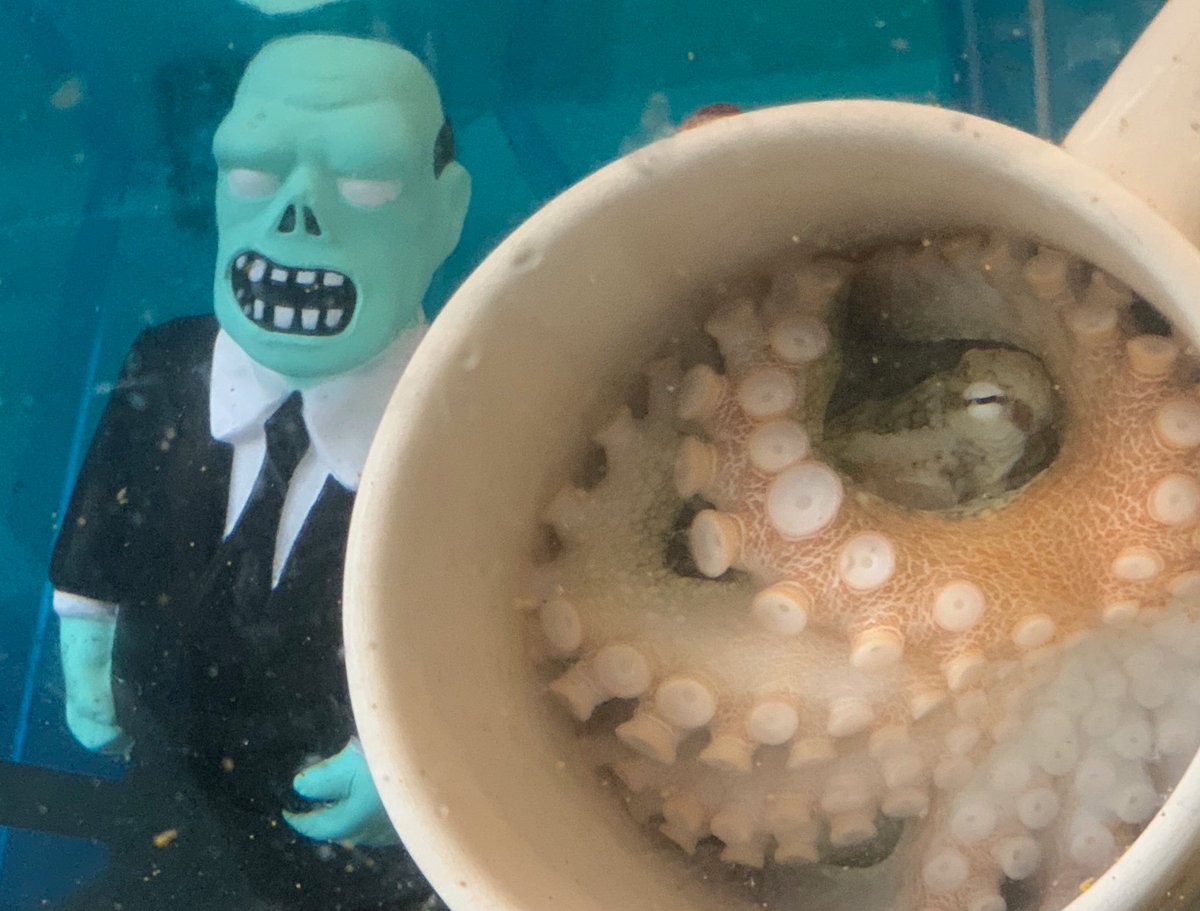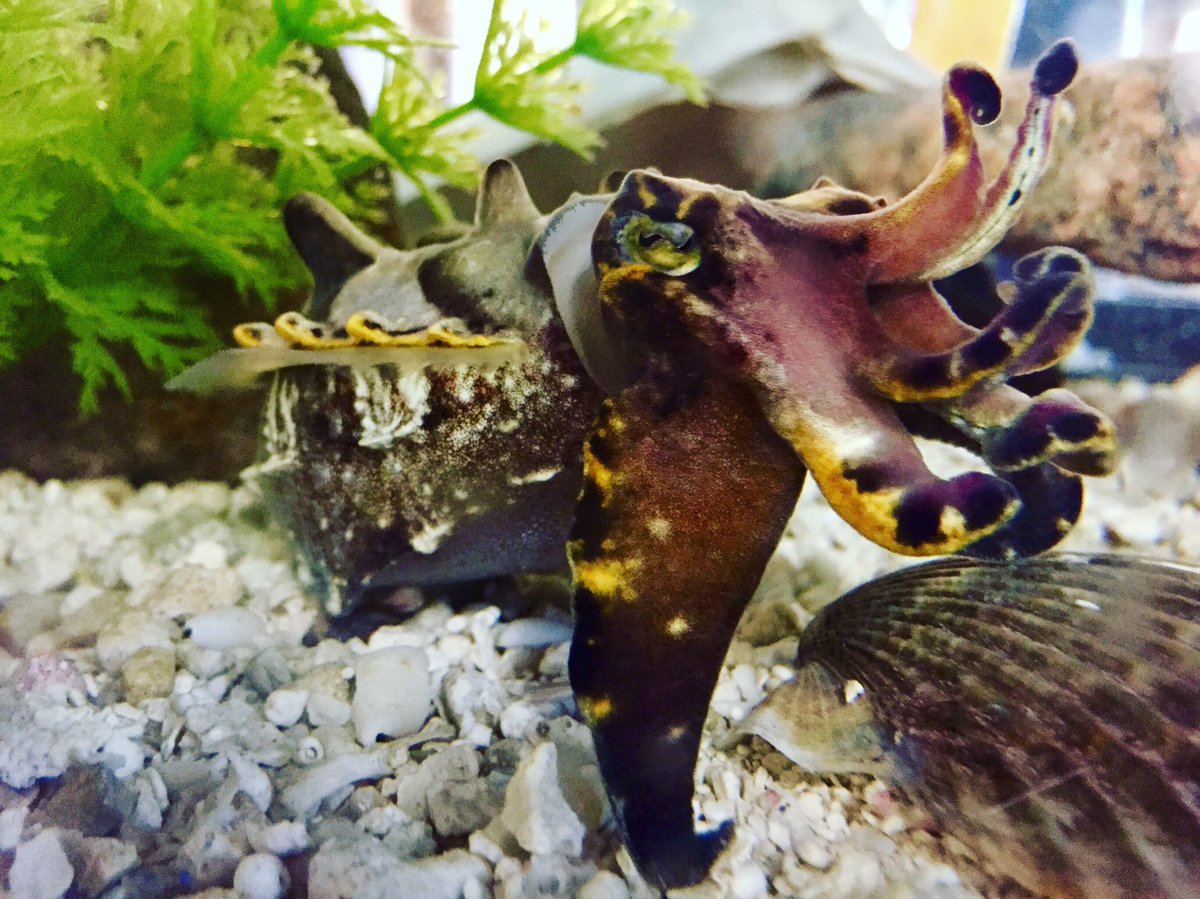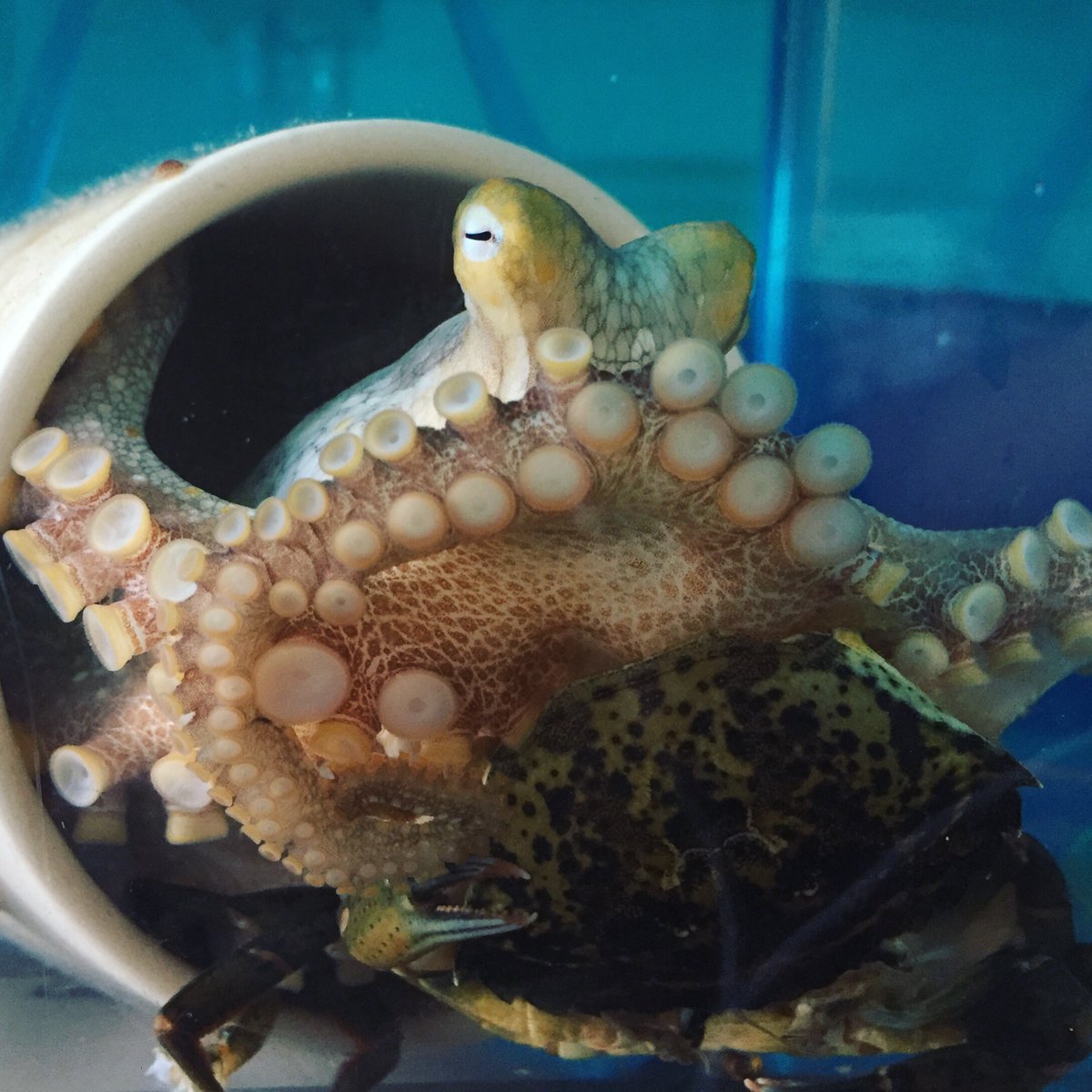
MBL Cephalopod Lab
@mbl_cephlab
Join our journey in discovery and education of cephs! Building a cephalopod empire to support research communities worldwide!
Content creator @HannahNKnighto1
ID: 1040319642261180421
http://www.mbl.edu/cephalopod-program/ 13-09-2018 19:21:45
44 Tweet
813 Followers
5 Following
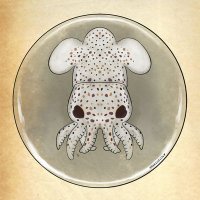
New Euprymna scolopes hatchlings. So many babies in those last days! This species has a very active planktonic phase during the first weeks of its life, this represents a challenge for culture. Fortunately, I'm collaborating with the MBL Cephalopod Lab, so the babies are in good hands!






We can’t stop looking at the cool chromatophores on this Euprymna berryi! 🦑🤩🦑(Chromatophores are the pigment containing cells that allow cephs to change color and camouflage) 📸 Tim Briggs captured this hummingbird bobtail squid’s chromatophores in amazing detail! 😍







Yes, that’s a real paper clip, and yes that’s a real Euprymna berryi 😍 When the Hummingbird bobtail squid hatches, it’s smaller than a grain of rice 🍚 📸 Tim Briggs




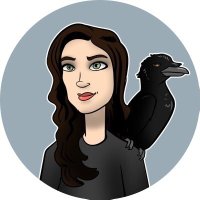
Meet the pyjama squid, one of the silliest looking cephalopods currently known to science. Named because they look like old timey pajamas. They live in Australia and are also cultured at MBL Cephalopod Lab! Want more squid? Join me Sarah McAnulty, Ph.D



Deep sea squid glow in the dark with bioluminescence to communicate? My latest for Smithsonian Magazine! smithsonianmag.com/science-nature… MBL Cephalopod Lab Smithsonian Magazine


